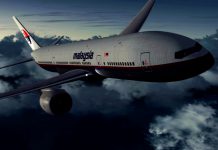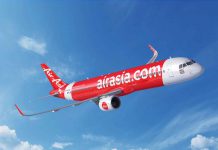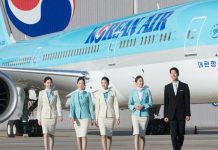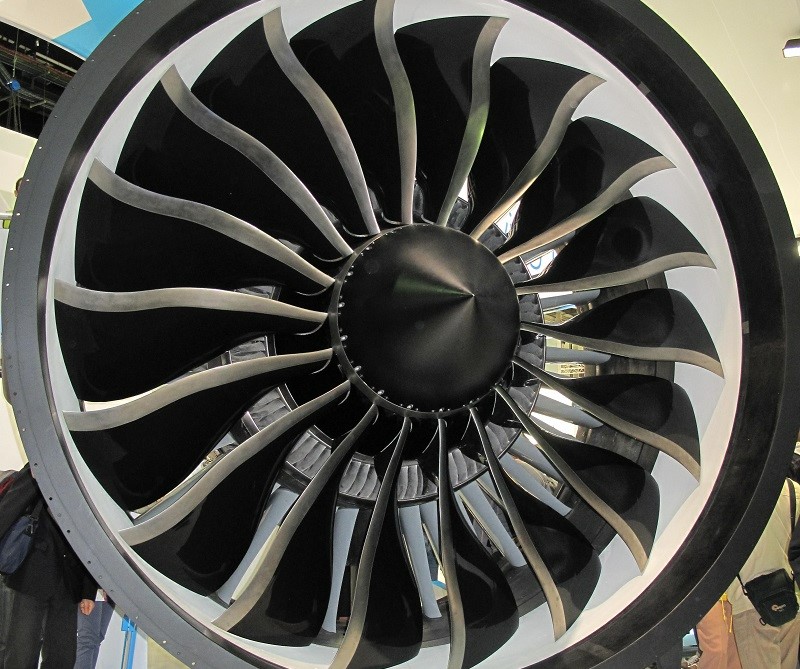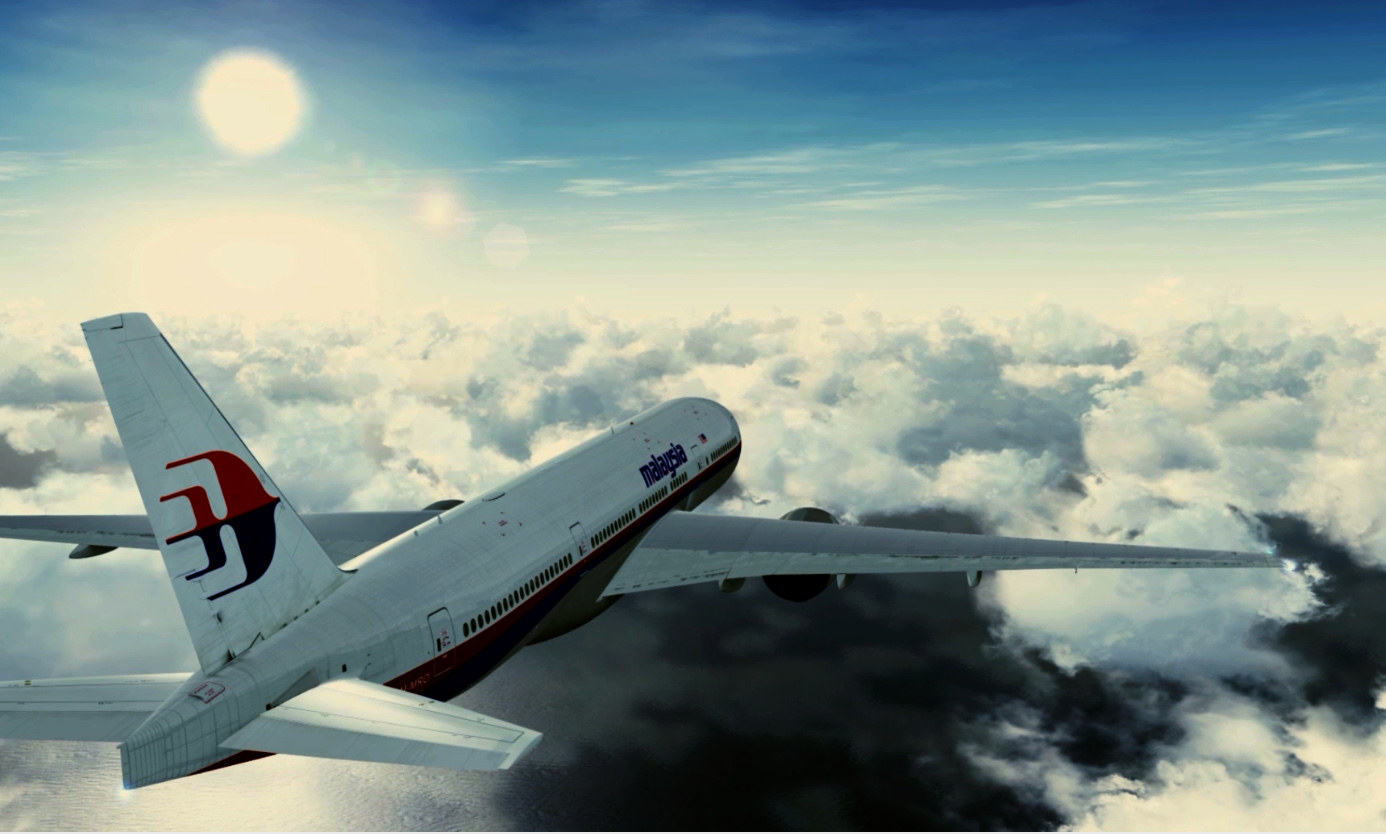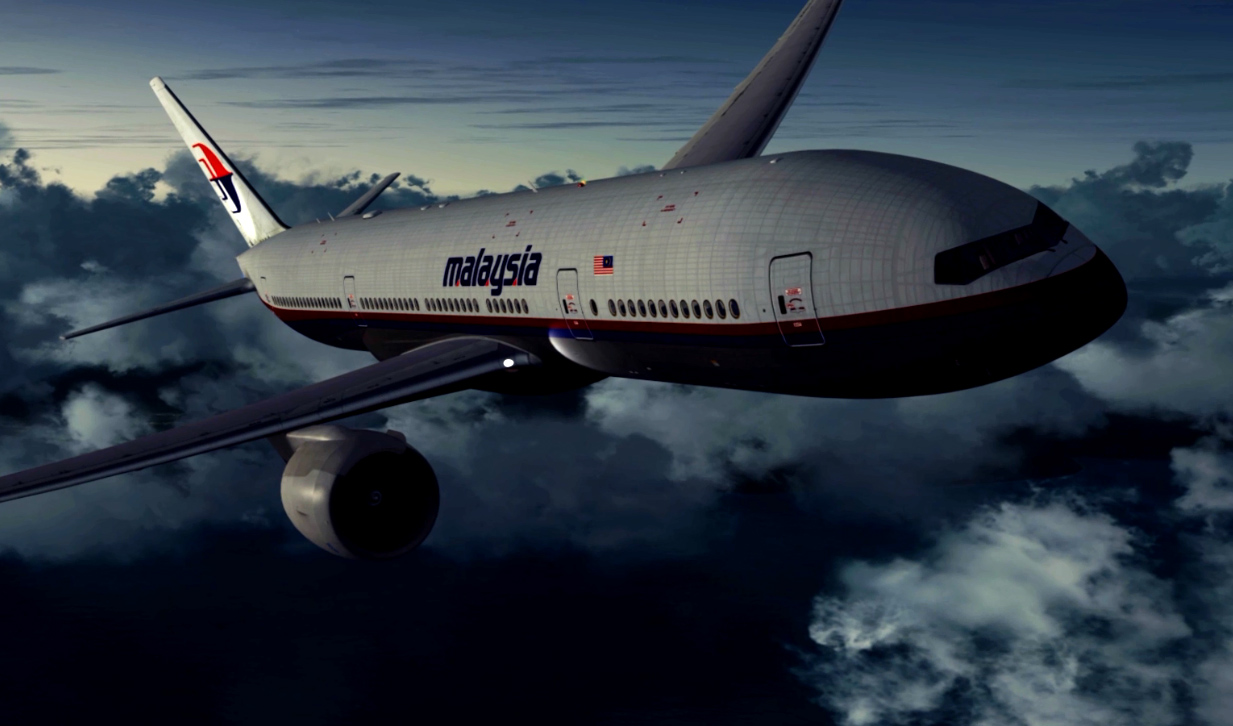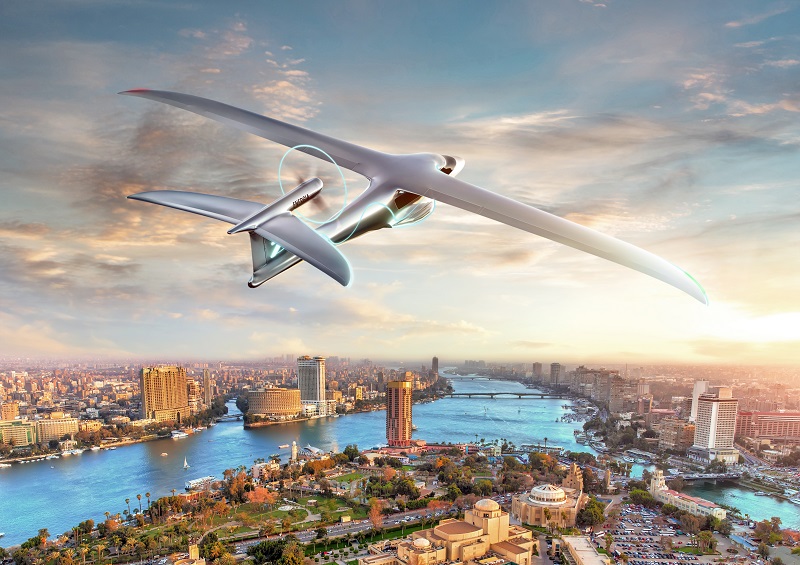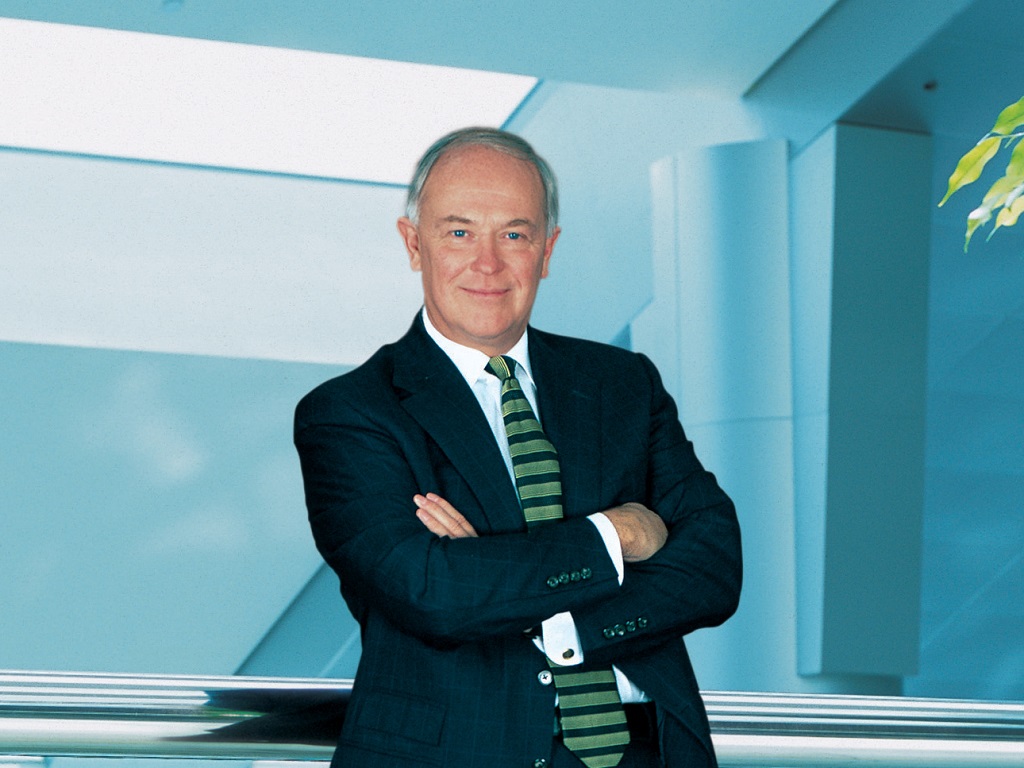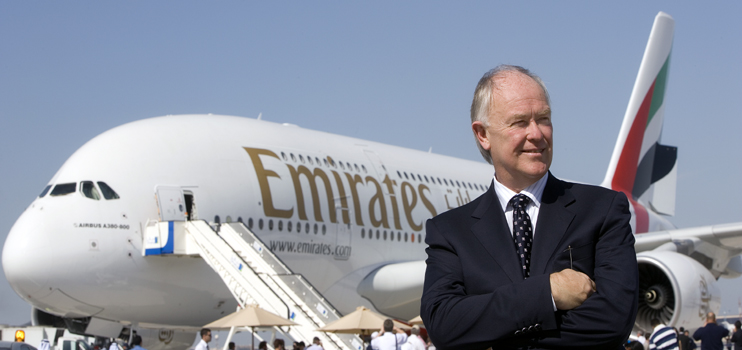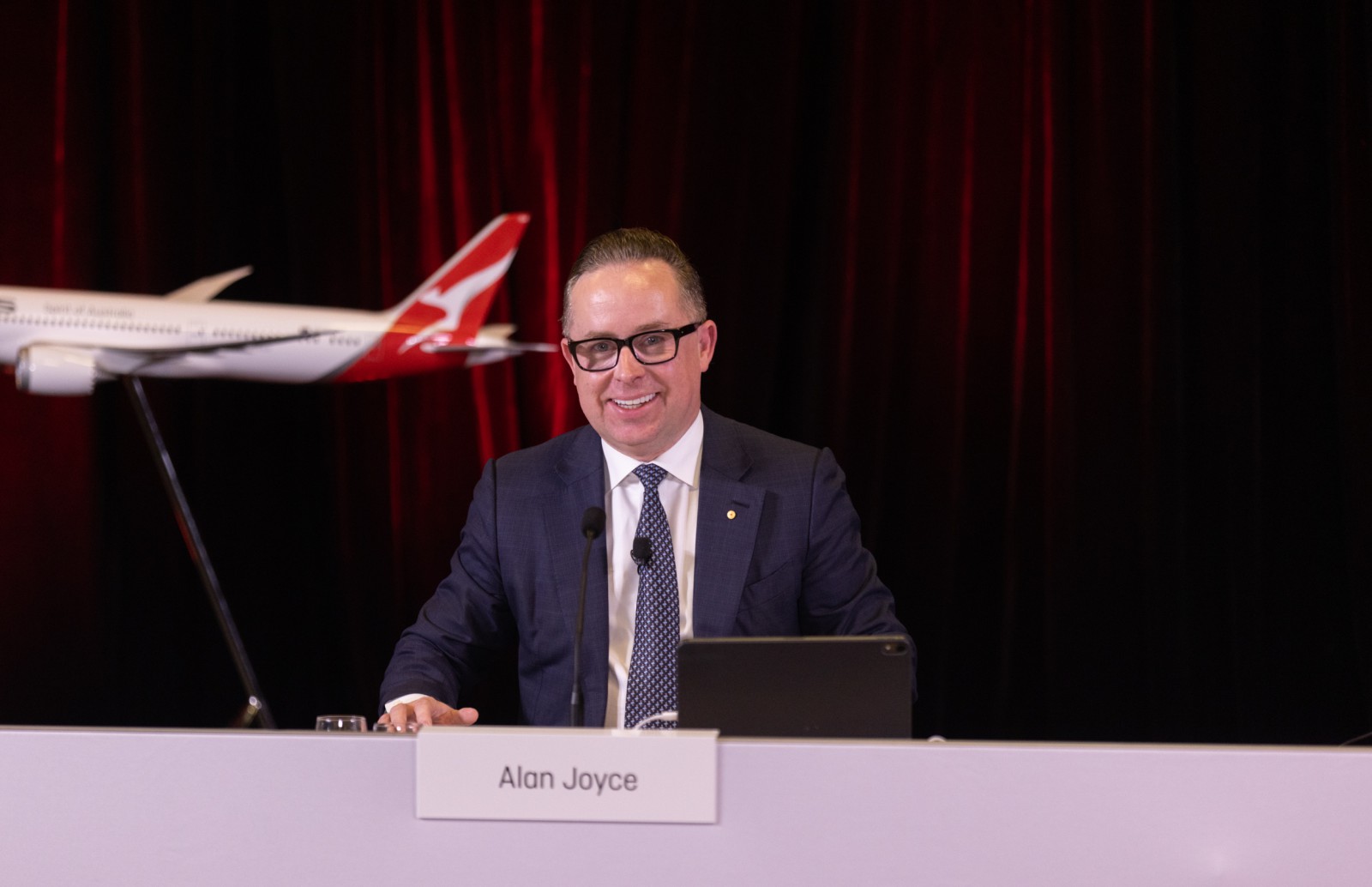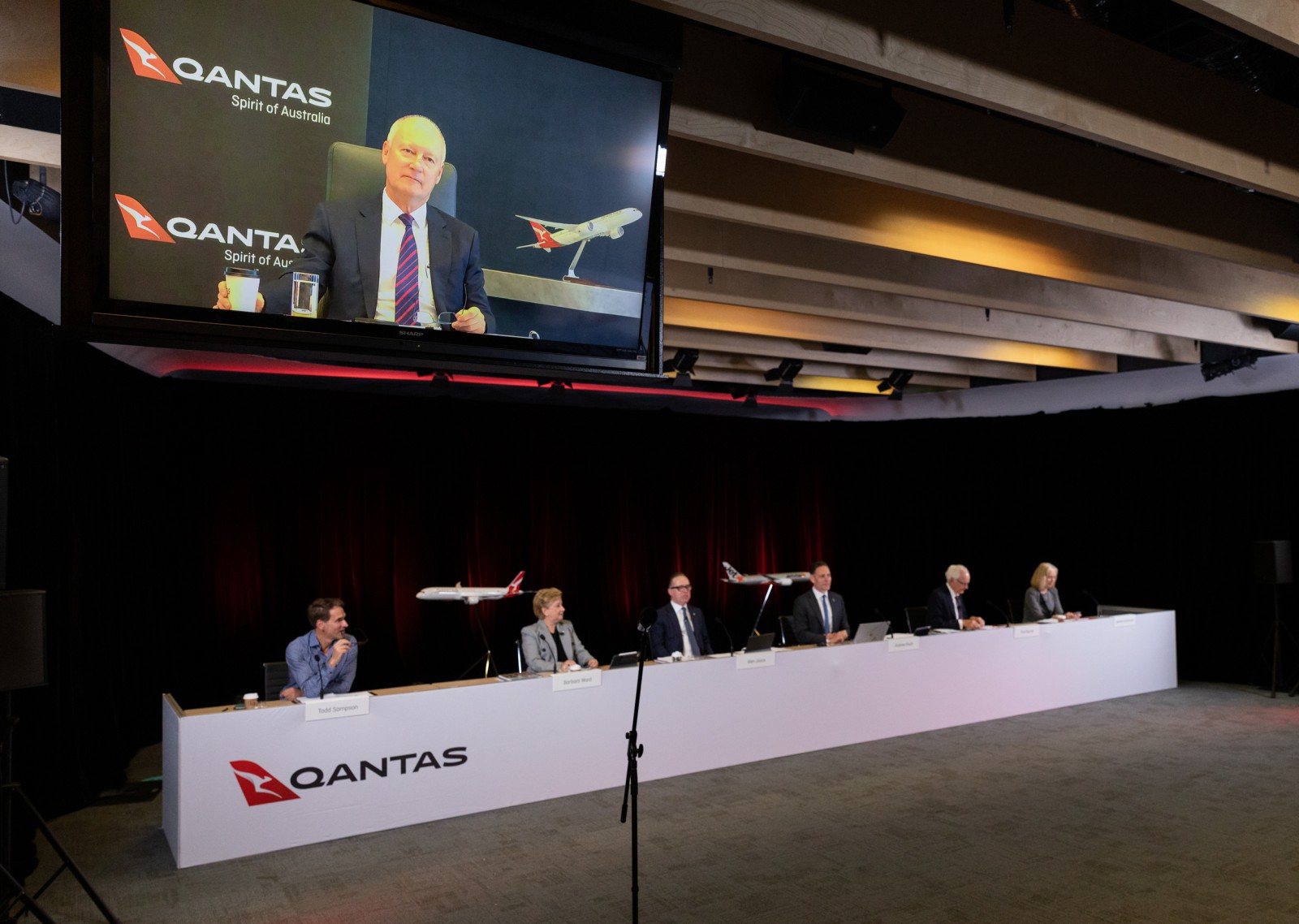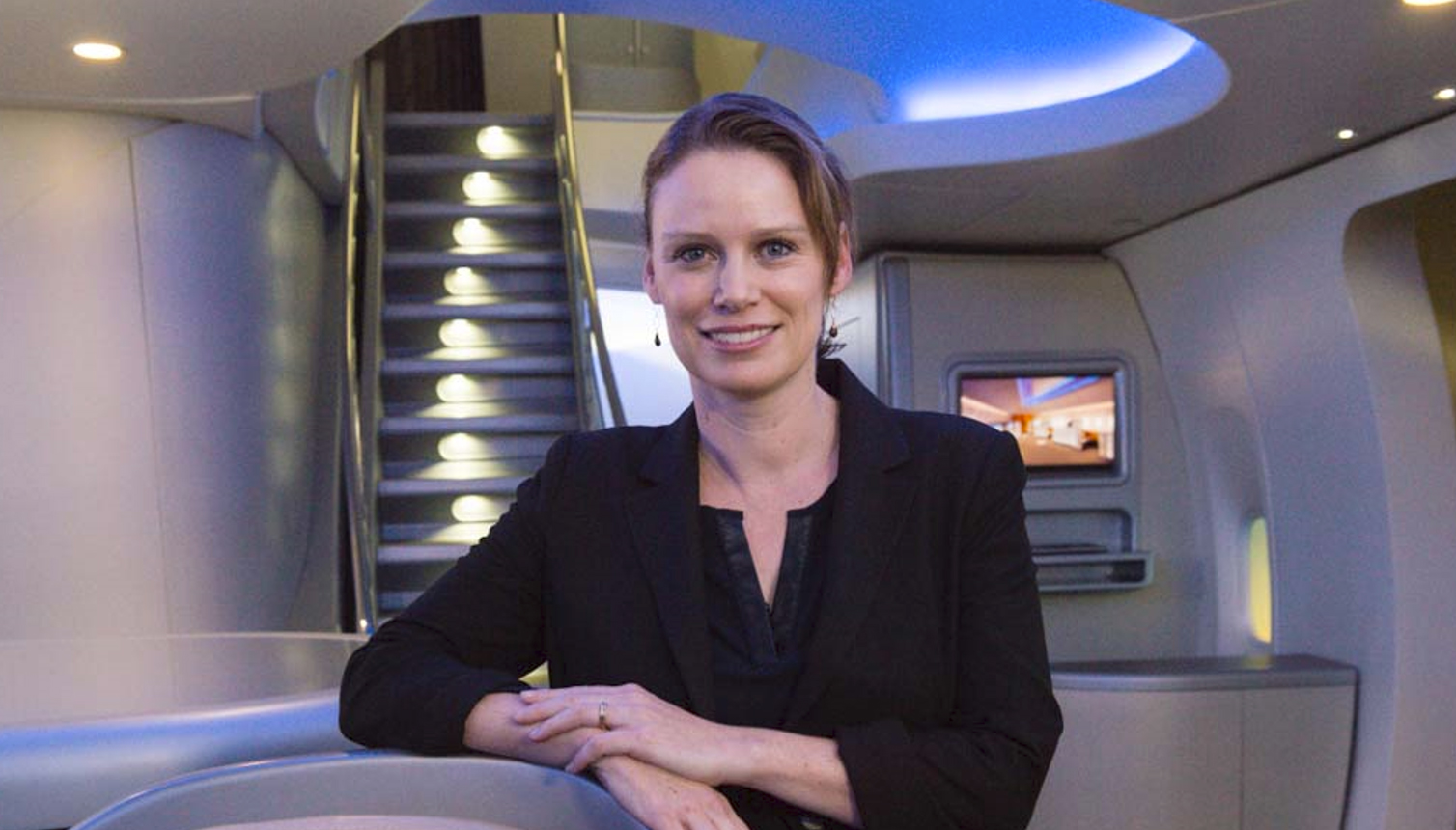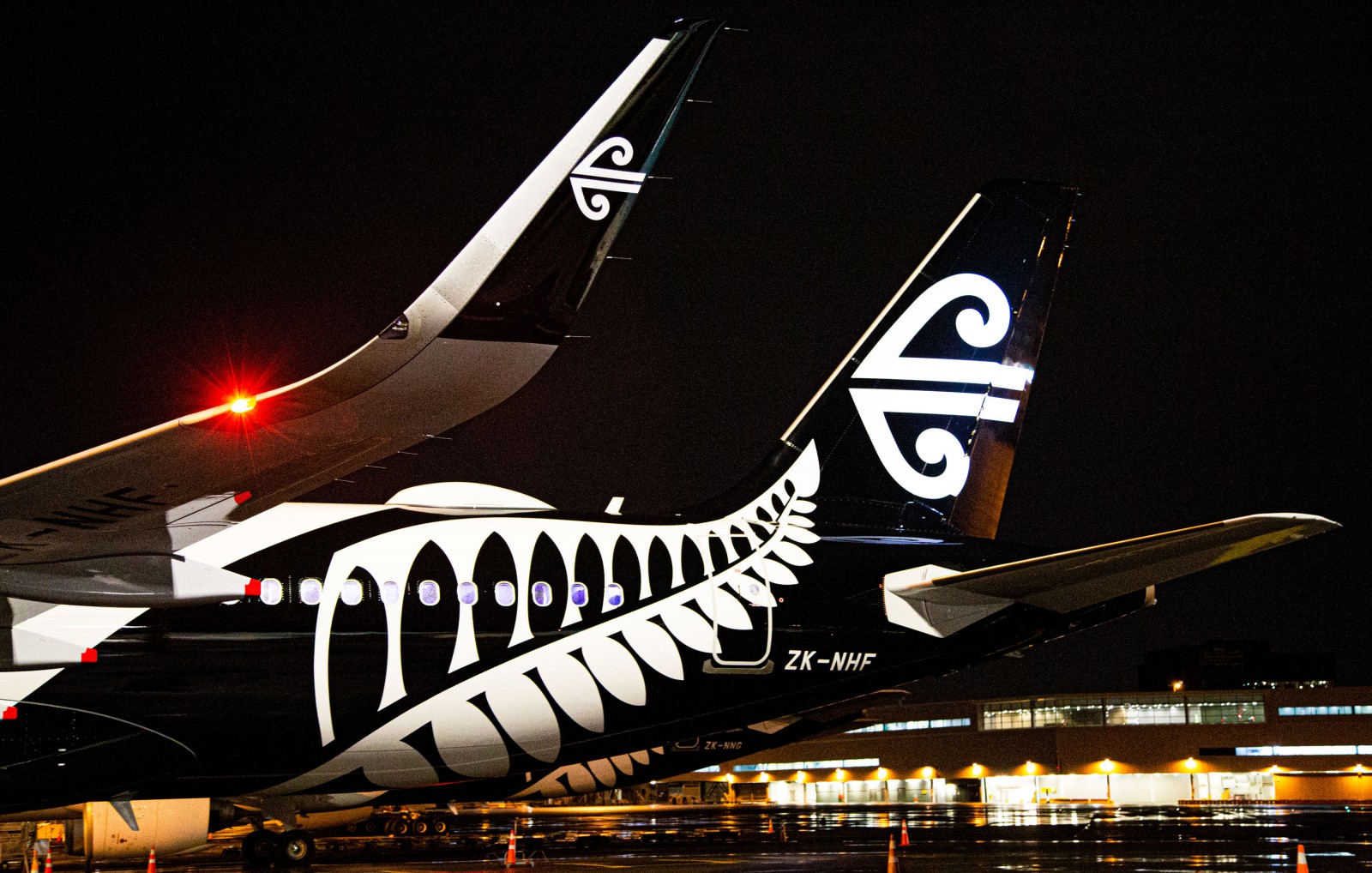US officials have slammed the Chinese government after a state security official was convicted by a federal jury in Ohio last week of attempting to commit economic espionage and the theft of aerospace trade secrets.
The U.S. Department of Justice (DoJ) said Yanjun Xu (41), described as a deputy division director of Sixth Bureau of the Jiangsu Province Ministry of State Security, had targeted companies recognized as leaders in the field of aviation. This included an attempt to steal information about GE Aviation’s exclusive composite aircraft engine fan.
Xu was the first Chinese intelligence officer to be extradited to the US to stand trial and his conviction produced a strident response from senior Justice Department and FBI officials.
READ: Embraer unveils zero-emission hydrogen and electric concept aircraft
FBI Counterintelligence Division assistant director Alan E., Kohler described the case as state-sponsored espionage by the People’s Republic of China (PRC) designed to “steal American technology and put Americans out of work”.
“For those who doubt the real goals of the PRC, this should be a wake-up call; they are stealing American technology to benefit their economy and military,” Kohler said.
“This conviction of a card-carrying intelligence officer for economic espionage underscores that trade secret theft is integral to the PRC government’s plans to modernize its industries,” Assistant Attorney General Matthew G. Olsen of the Justice Department’s National Security Division said the conviction of a card-carrying intelligence officer underscored that trade secret theft was integral to the Chinese government plans to modernize its industry.
“But this conviction also serves notice that the United States will not sit by as China, or any other nation-state, attempts to steal instead of researching and developing key technology,” he said.
The department cited court documents and evidence that Xu started operating as early as 2013 and used multiple aliases to target companies in the US and abroad recognized as leaders in aviation.
He was arrested in Belgium after GE cooperated with the FBI.
“He identified experts who worked for the companies and recruited them to travel to China, often initially under the guise they were traveling to give a presentation at a university,’’ the DoJ said in a statement. “Xu and others paid the experts stipends on top of covering travel costs.
According to today’s conviction, Xu attempted to steal technology related to GE Aviation’s exclusive composite aircraft engine fan – which no other company in the world has been able to duplicate – to benefit the Chinese state.”
Xu was convicted of two counts of conspiring and attempting to commit economic espionage, which carries a maximum statutory penalty of 15 years in prison for each count and a fine of up to US$5 million.
He was also convicted of conspiracy to commit trade secret theft and two counts of attempted theft of trade secrets, which carries a maximum statutory sentence of 10 years imprisonment for each count and a US$250,000 fine. A federal district court judge will determine any sentence.


